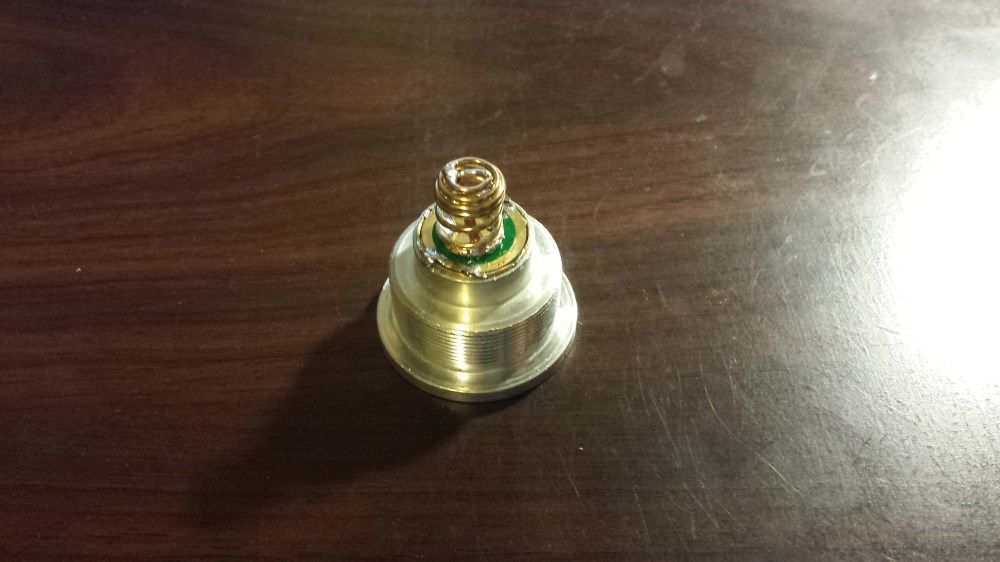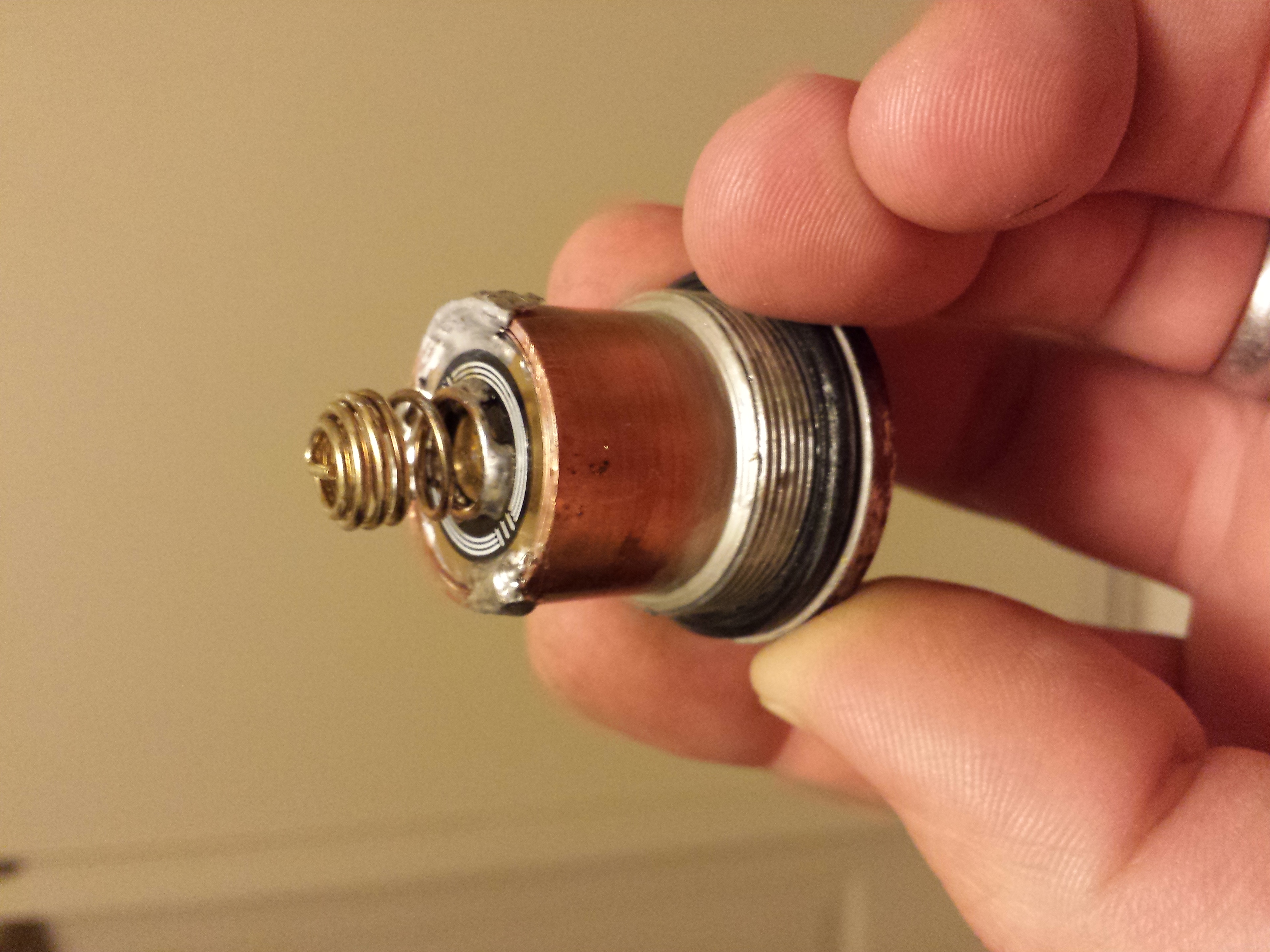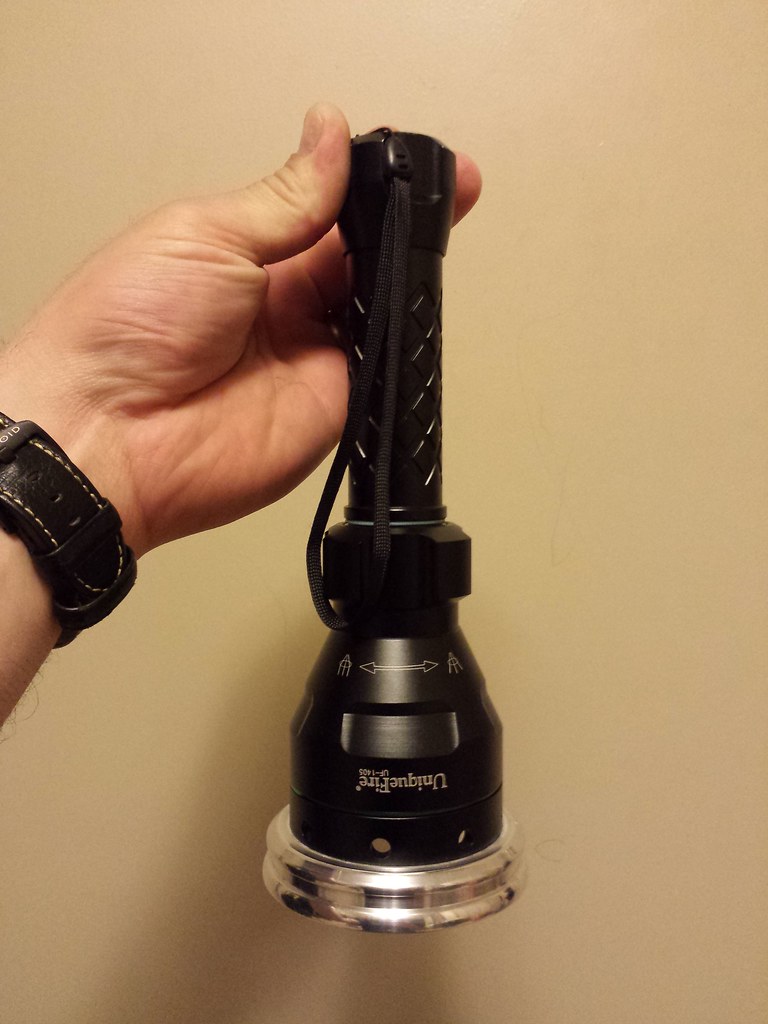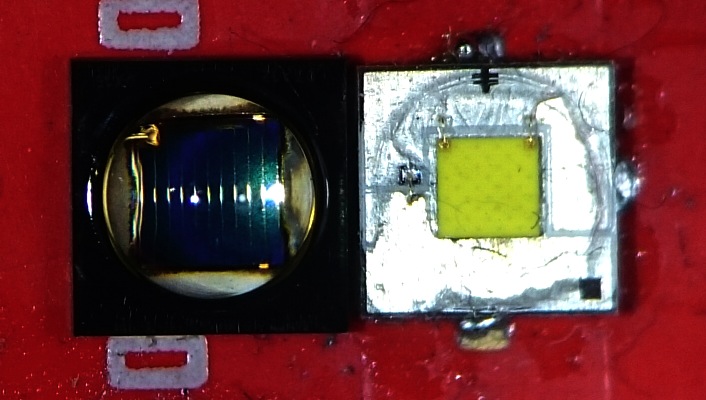About the glass replacement lenses talked about. I have gone through quite my share of lenses from Fasttech, Edmund, Anchor, Thor, and Alibaba acrylic mass-produced lenses for common zoomies.
What I have found is what you might expect, you generally get what you pay for, of course. However, I obtained a few very good looking lenses from FT, which under inspection did not present many imperfections, ripples, or bubbles in the glass at all. Yet what I was usually most surprised to find, was that when I would obtain a cheapie glass lens like that, that also met the same objective-aperture size as an acrylic lens, the acrylic lens yielded higher kCd by a substantial percentage in nearly all tests. For example, a very cheap host I have available here locally on the store shelves is a sliding zoomie, with 50mm plano-convex acrylic lens size (total lens OD). When I replaced that lens with a FT 49.5mm lens (JGF-50DT-2 49.5mm Optical Glass Plano-convex Lens), having the same lens aperture (curved diameter) as the acrylic lens, slightly shorter FL by a few mm, the acrylic lens yielded a kCd over 25% greater. What I have found with acrylic lenses, is it is really hit and miss—some have visible wavy dimples on the plano side, or fuzz-like strands inside the plastic with bubbles galore. But, when both lenses are “great” looking, I almost always find acrylic to be better in un-coated transmittance than cheap glass. I would likely attribute this to the acrylic having a lower index of refraction than some of the cheap glass used by these cheap lens makers. Furthermore, there aren’t many options when you do find a size you want, so that doesn’t help things. It is well documented however, that acrylic yields high-performing lenses in many different applications for commercial component use over some or many glass substrates. So never, ever, dismiss acrylic!
When the glass is quite good however, the focal image is very smooth to sharp all around the area of optimal focal-point, with very limited coma even if slightly de-focused. When the lens has a poorly calculated mold/aspheric profile, or poor glass substrate (while still looking geometrically optimal in casting), at nearer 10-15 meter distances the image will be filled with visible coma from many stray light-ray refractions radiating from different non-collimated angles. That is your dead giveaway to a cheap glass substrate; a fog of light around the focused image.
Edmunds and Thor have provided me excellent glass I will say. I do use an optical translation stage when testing lenses (twin moving stages adjustable on a fixed 500mm rail through rack-pinion knob adjustments), so that near perfect alignment/FL does occur in the tests. I have a coating supplier for AR-VIS broadband now, with a new coating available that covers the entire range of LED white light mix from 425nm-675nm @ <0.5% R value with zero R rise between those wavelengths. Such coatings will further benefit the kCd by typically 5-6% minimal increase, sometimes as high as 10%, and result in very true color rendering of the die. …Makes me giggle when I see FT stating; “98% Light Transmittance” on un-coated lenses. 
I am going to pursue one of these light builds with one of my reflective apertures and follow the progress here. They do look like very interesting material for an overhaul. 
 which holds the driver. Is it possible to cut off the protruding part that holds the 17mm driver and replace it for some adapter ( like a metal tube with inner diameter of 22mm cut to the correct height )and glue it there with a JB weld or some permanent threadlock glue? I somehow can not stop thinking about it
which holds the driver. Is it possible to cut off the protruding part that holds the 17mm driver and replace it for some adapter ( like a metal tube with inner diameter of 22mm cut to the correct height )and glue it there with a JB weld or some permanent threadlock glue? I somehow can not stop thinking about it 

